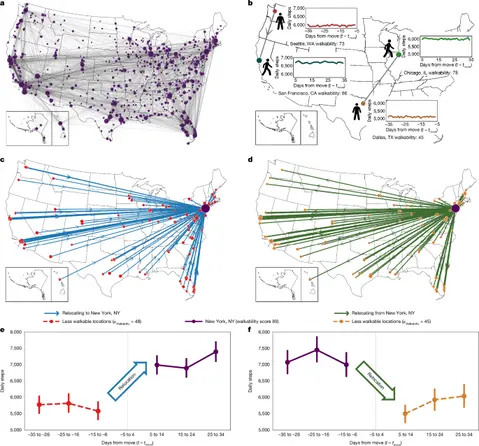T4K3.news
Pelvis changes linked to upright walking
New research maps two developmental shifts in the ilium that enabled bipedalism, using histology and multiomics to trace evolution.

A study traces two developmental changes in the human ilium that enabled upright walking, using histology, imaging and multiomics to map how regulatory networks shaped pelvis evolution.
The evolution of hominin bipedalism in two steps
A new study identifies two developmental changes in the human ilium that helped make bipedalism possible. Researchers report that the iliac growth plate orientates perpendicularly to that of other primates and that ossification follows a posterior initiation with external cells contributing to osteoblasts. The team compared human fetal samples with mouse and non-human primates using histology, CT imaging, single-cell multiomics and spatial transcriptomics to link these changes to regulatory networks including SOX9, ZNF521, PTH1R, RUNX2 and FOXP1/2.
The results suggest a coordinated shift in cartilage, perichondral tissue and osteoblast formation that allowed the pelvis to grow and form a distinctive ilium in humans. The authors also report evolutionary signals in regulatory elements and HAR enrichment, hinting at how modern human anatomy arose from ancient changes. The work was conducted with ethically sourced fetal tissues, mouse models and advanced computational analyses.
Key Takeaways
"The pelvis holds the key to our first upright steps"
Editorial emphasis on the pelvis' role in locomotion
"Two developmental shifts turned a small bone into a game changer"
Commentary on the study’s central finding
"Genes that mold bone growth map the story of human motion"
Observation about regulatory networks shaping bones
The study shows how modern tools can illuminate a long-ago shift in our anatomy. By weaving together histology, imaging and single-cell genomics, it connects tiny cellular moves to a big effect on how we walk.
Yet the breadth of methods also invites caution. The findings rest on fetal tissues and animal models, plus complex data analyses that require careful interpretation. The work challenges simple narratives of evolution and points to a layered picture where several genetic levers shape a single bone and a crucial trait.
Highlights
- The pelvis holds the key to our first upright steps
- Two developmental shifts turned a small bone into a game changer
- Genes that mold bone growth map the story of human motion
- From womb to walking gait biology connects time to motion
The bone story continues as scientists connect ancient steps to modern movement.
Enjoyed this? Let your friends know!
Related News

Balance training missing in adult fitness plans

Ardipithecus ramidus reshapes early human history

Body quirks draw online attention

Walkable cities lift daily activity

Six moves for people over forty

Rising MASLD affects millions in the UK

Stress linked to heart attack and NHS strain

Back pain affects millions globally
